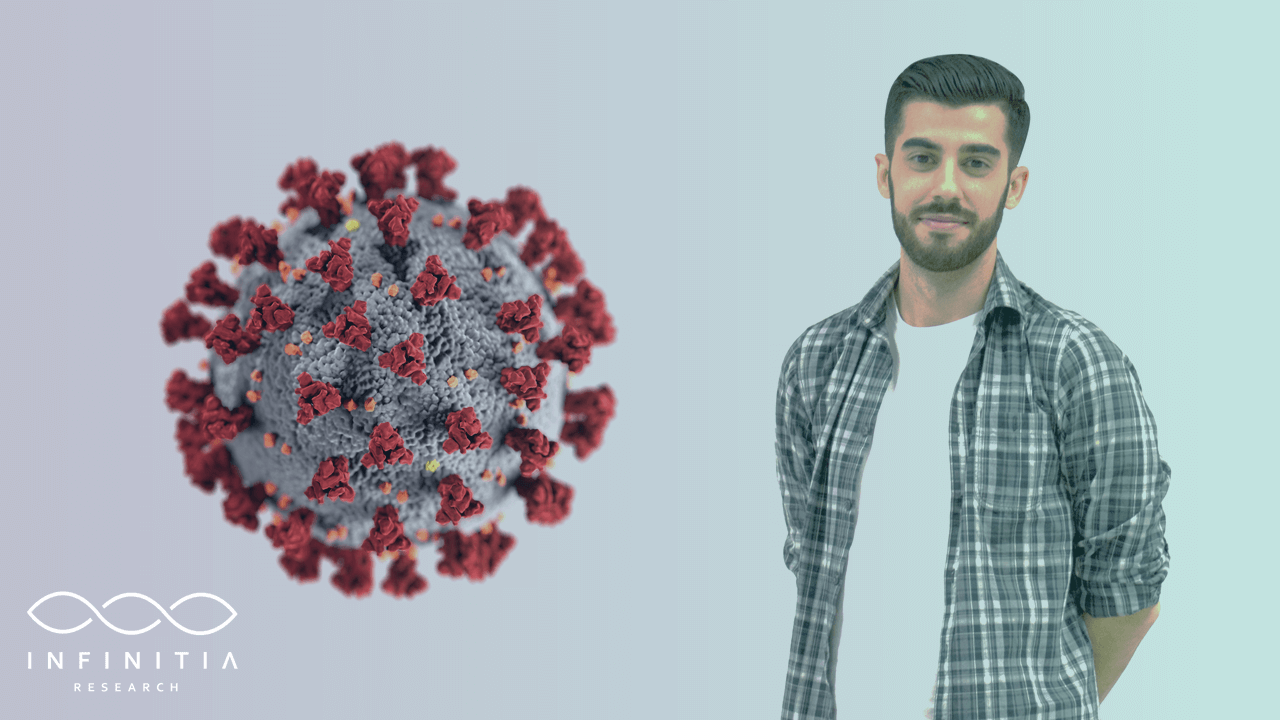We talked to Alberto Zurro, an engineer specializing in energy technologies at Infinitia, to clarify some of the most common hoaxes and what is true about the use of two solutions that have attracted almost all the attention: ozone and ultraviolet light.
Since the beginning of the pandemic, the market for COVID-19 technology has grown considerably. Devices and tools that promise total elimination of the virus without harm to the virus carrier. Whether due to opportunism or lack of scientific knowledge, even today we still find incorrect uses and tools that do not perform the functions they promise.
– Let’s start with the basics, how do you remove a virus?
– First it is necessary to know what “virus” and “disinfect” mean. A virus, or microorganism, in general, is not very different from us on a chemical level. This means that it is also made up of molecular and atoms, which when put together in complex forms perform a function. Therefore, the strategy is clear: by breaking these structures we prevent them from functioning properly. There are several systems to carry out their control and that can be divided into two macro categories: chemical or energetic solutions, a third way is to apply temporary quarantines so that they degrade by themselves with external agents.
– Can you give some examples of these approaches?
-Of course. It is clear to all of us that bleach, alcohol or ozone disinfect, even if we don’t know why. Well, it turns out that they have very reactive molecules, such as chlorine or oxygen radicals. When they come into contact with microorganisms, they will strip atoms from them to form more stable species. The result is that biological structures are damaged.
The most traditional energy application is temperature. Heat is capable of breaking bonds between molecules; the result is the same. Another example that has gained a lot of traction with the pandemic is the use of ultraviolet light. “How can light disinfect?” I was asked at first. It may sound like science fiction, but if we ask our grandmothers they will tell us that they used to put the sheets in the sun and they stayed spotless. Well, they are quite right. Light is an electromagnetic wave with an energy that when transmitted, if it has enough, breaks the bonds between molecules. Not just any light will do, in fact, we cannot see the disinfectant. We need it to be deep ultraviolet or higher frequency, hence the online stores are full of UV products.
-It seems easy, we have several tools. Are there any contraindications?
-That is the key. I appeal again to popular knowledge: “chemicals are dangerous”, “avoid contact with the skin” or “put cream on because the sun can give you cancer”. We cannot train these tools to only attack viruses, they cannot distinguish what is good or bad, they simply react. This means that we are also susceptible to attack.
– Don’t you think that one way or another we are clear about what the dangers are?
-With traditional products, more or less, yes. The problem is the boom in devices that we are not used to and that have been launched on the market in desperation to try to alleviate the coronavirus. At Infinitia we have been astonished to see the boom of domestic ozonizers, car ozonizers, UV-C ceiling lamps… I have even seen baby pacifiers that have ionizing radiation.
– Isn’t there any control over the products you are talking about?
-I do not know why they are being allowed. To give you an idea, for many years some air conditioners incorporate an ozone generator although the confederation of installers discourages it and the current regulations state that it must be applied in the absence of people and always by professionals. Even if they include it, there is a regulation that limits the concentration of ozone in breathable air to such a low concentration that it cannot disinfect (although it can eliminate odors). Therefore, “it is clear that the two things, air to breathe and ozone to disinfect, cannot go together,” Zurro points out.
-So, perhaps learning to use them and raising public awareness is the easiest thing to do.
-That’s only part of the way. You can know how to use it and the associated risks, but does it really work? Is it misleading advertising? UV-C light is the most affected. The technology works, yes, and very well, but you have to know how to apply it, not everything works.
At the request of several companies we have tested several devices that ensured satisfactory results and I must say that, of the “gadgets” for the home, very few are what they say. We evaluated, for example, ultraviolet LEDs to disinfect the car. I do not doubt that they work in very specific conditions, but in real ones I assure you they do not. The influence of the shadows that are formed, application distances, porous materials…. These are things they don’t tell you.
Infinitia advises to examine this type of “new” technology before it is installed and to pay the corresponding investment, which in the case of the industrial sector can be very high. The support of an engineer helps to find a real solution adapted to each need.





